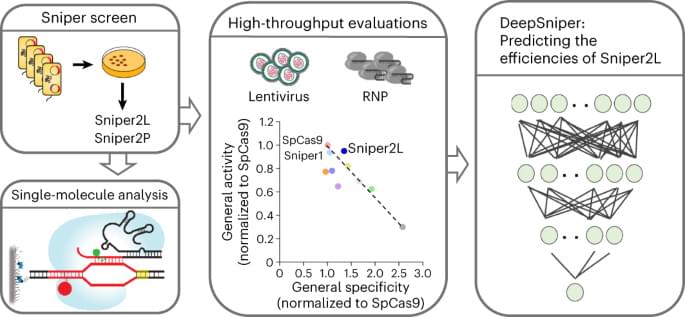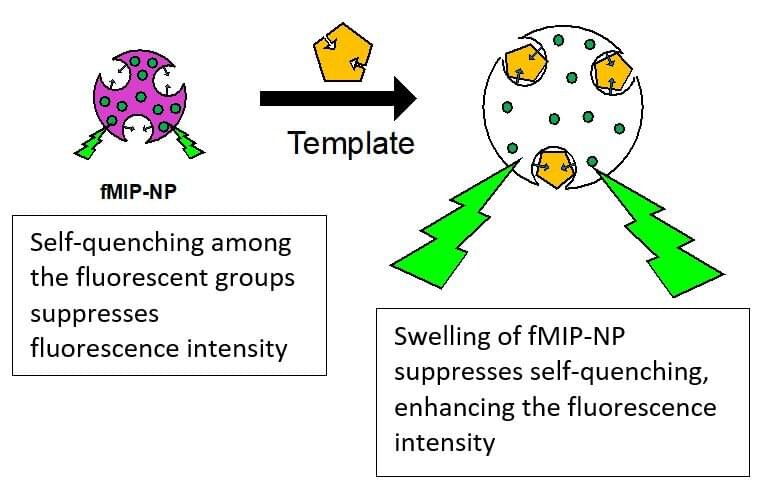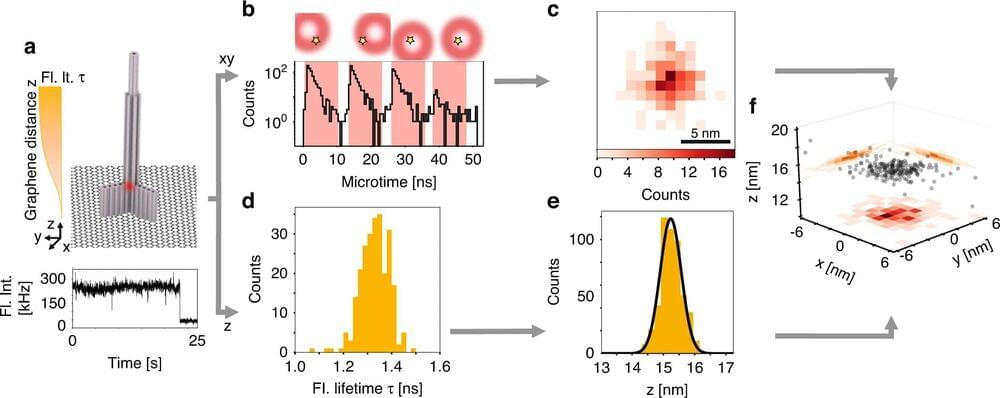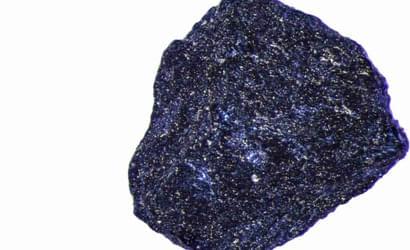There’s a theory that’s in vogue in astrochemistry called “Assembly Theory.” It posits that highly complex molecules—many acids, for example—could only come from living beings. The molecules are either part of living beings, or they’re things that intelligent living beings manufacture.
If Assembly Theory holds up, we could use it to search for aliens—by scanning distant planets and moons for complex molecules that should be evidence of living beings. That’s the latest idea from Assembly Theory’s originator, University of Glasgow chemist Leroy Cronin. “This is a radical new approach,” Cronin told The Daily Beast.
But not every expert agrees it would work—at least not anytime soon. To take chemical readings of faraway planets, scientists rely on spectroscopy. This is the process of interpreting a planet’s color palette to assess the possible mix of molecules in its atmosphere, land, and oceans.







